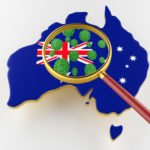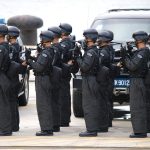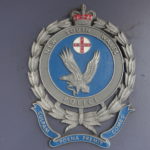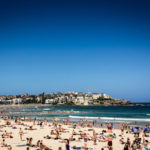Should the Government Rescue Australians Stranded Overseas?
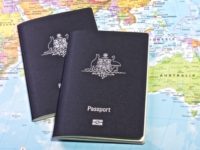
The plight of a young South Australian family trapped in the Philippines made headlines this week, as President Duterte gave police, military officials and barangay officials ‘shoot to kill’ orders for anyone disobeying rules, protesting against the country’s strict Coronavirus lockdown laws or otherwise ‘making trouble’.
Sofia and Nathan Digance travelled to Cebu in southern Philippines with their two young children prior to the Australian Government issuing upgraded travel advice. Just five days after their arrival, Manila was put into a month-long lockdown.
They immediately booked a flight to come home, which was cancelled, and no other flights have been available since. Now the family is desperate, particularly because they are the only guests staying at their resort, and now fear they could be kicked out onto the street after the hotel said they could only stay for another week.
Thousands of Aussies stranded abroad
The Digance Family is not alone. Hundreds of thousands of citizens and permanent residents still remain scattered across the world as airlines stop flying and more national borders lock down. Prior to the COVID-19 outbreak, there were estimated to be about 1 million Australians living and working abroad.
There are calls for the government to launch repatriation flights, as other countries have done, and rescue Aussies who were caught out by rapidly changing global conditions, amid a global pandemic that’s likely to go on for many more months yet.
Nothing has ever tested the Department of Foreign Affairs and Trade (DFAT) quite like this before. Since March, when the Prime Minister started issuing warnings against overseas travel, and began telling Australians abroad it was ‘time to come home’, about 200,000 citizens have returned. But thousands are still in limbo, either stranded in inaccessible areas or unable to find an airline still operating.
The Government has ‘no plans for evacuation missions’
Smarttraveller – the Australian Government website, is advising all Australians overseas at this time that there are no plans for evacuations.
“Do not wait. Do not pass up commercial flights,” is the message to those trying desperately to get home.
This might seem a little harsh and uncaring, but under other circumstances, for example if Australians should find themselves in a country devastated by an earthquake or Tsunami, even then, although the Australian Government can provide consular assistance, it will not arrange travel home, or pay for medical expenses, and nor is it able to ask local governments for special compensation for Australians to get them out of the affected country.
Right now, the government is facilitating travel for as many Australians as possible, by getting flights off the ground, which would have otherwise been near-impossible at this time.
It has organised the return of several hundred Australians from South America, and Nepal in recent days. While Aussies had to pay for their seats, (those stranded in Peru paid $5,000 to get home) the Government is smoothing the way through the red tape, border controls and airport closures, in some cases finding air force bases for aircraft to land instead, and arranging one-off commercial flights where there are no other options available.
The sad and frightening reality is though, that some Australians will have to remain where there are, until this global crisis is over.
Cruise ship passengers
Now, the Government also needs to decide what to do about the 600 or so Australians stuck on cruise ships scattered in the Pacific. Many of these cruises have already been identified as hotbeds for the Coronavirus infection.
In recent days, NSW Police Chief Mick Fuller announced that there will be a criminal investigation to determine whether cruise company Carnival downplayed the number of potential coronavirus cases on the Ruby Princess before it docked at Circular Quay on March 19, letting 2,700 passengers off the boat, despite claims that authorities knew there were more than a dozen people on board who had exhibited COVID-19 like symptoms. Eleven deaths and more than 600 cases of COVID-19 have been linked to the ship, meaning it is the single biggest source of coronavirus infections in Australia.
The Ruby Princess has since been allowed to temporarily dock at Port Kembla near Wollongong, for the next ten days to enable it to stock up on fuel and supplies and to enable medical staff aboard to treat the sick crew still aboard the ship. More than 1,000 crew are still on board, isolated in their cabins. About one-fifth of them are exhibiting symptoms of the virus. Anyone needing hospitalisation will be transferred to shore, all others must remain ion board.
Where the ship goes next is uncertain.



